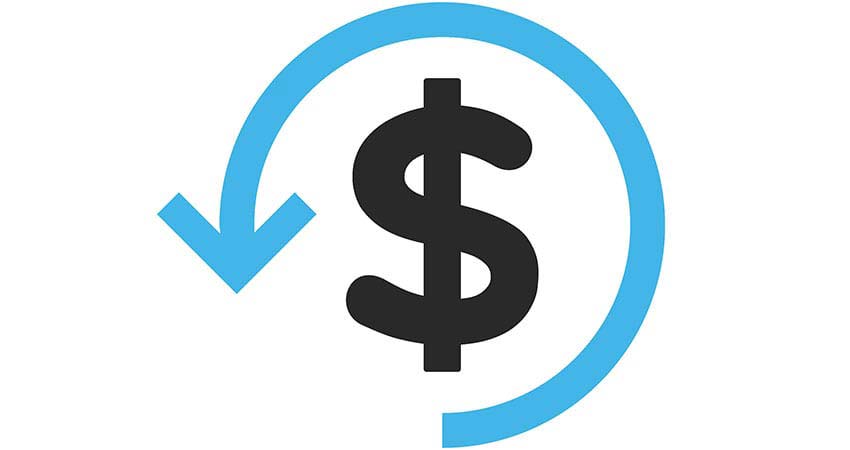You may be running a successful business, but at one point or another, you may face a chargeback without warning. Chargebacks are a threat to your business and can lead to losses for your business. To actively protect your business against the fraudulent form of chargebacks, also known as “friendly fraud,” it’s crucial to understand how they work and what you can do to handle them.
What Is A Chargeback?
A chargeback is a type of transaction where a cardholder’s bank reverses the funds from the merchant’s account to the customer’s account. While it may seem to be a refund, a chargeback is a bank-initiated transaction where the bank controls the transfer of funds. In contrast, a refund is usually led by the merchant himself, where he voluntarily sends the funds to a customer.
How Do Chargebacks Work?
Let’s say a customer makes a purchase from your business using his credit card, the transaction is processed, and the funds are transferred to your account through your payment processing company. Once the transaction is complete, the customer files a chargeback with their bank (who issued the credit card). The issuing bank will then reach out to your bank (the merchant’s bank) and give you a chance to refute the chargeback. If your bank does not respond, the issuing bank will automatically take the funds from your account and transfer them to the customer.
However, if you can provide documentation to refute the charge back, the issuing bank will evaluate the evidence and then make a decision.
The problem with chargebacks is that you will suffer chargeback fees from your payment processed every time a chargeback occurs. Depending on your payment processor, these fees can range from $20-$100. Moreover, as a business, you lose any revenue from the transaction, you incur high fees, and your store faces losses from shipping the product. You may also end up losing your merchant account, sometimes without warning, if your chargeback ratio reaches a certain point.
Why Do Customers File Chargebacks?
In order to tackle chargebacks, you must understand why a customer initiated a chargeback. The first type of chargeback is legitimate; this is where the chargeback serves its purpose: to protect the customer in using credit cards against fraud.
In the scenario that someone used their card details to make a purchase online, the cardholder may contact their issuing bank and report the transaction as “fraudulent.” A chargeback may also be considered legitimate if they never received their order, received the wrong product, or were overcharged.
The second type is the illegitimate chargeback, also known as “friendly fraud or chargeback fraud.” Here criminals pose as customers and order goods from a merchant’s website. These chargebackers may then falsely claim that they never received their products and then received a chargeback for it.
In other cases, a customer may decide that they don’t want to go through the lengthy return process; they may instead file for a chargeback to receive a refund for the transaction. A customer may also file a chargeback if they are unhappy with the product/service they received. Instead of contacting the merchant to resolve the conflict, they may directly file a chargeback.
How to Handle Chargebacks as a Merchant?
Even if you work with a top merchant service provider and follow all credit card guidelines for legitimate transactions, you may still end up with a chargeback. As a merchant, you can also dispute the chargeback and avoid any losses. How so?
When you receive a notification for a chargeback, the first thing you want to do is to investigate its legitimacy. If you feel that the chargeback was legitimate, you can have the issuing bank return the funds to the customer. However, if you think the chargeback was fraudulent, you may file a dispute over this chargeback.
Always try to reach out to the customer and see if you can resolve the conflict on your own and have them retract their chargeback. In case the customer does not respond, or the issue is not resolved, you can have your merchant service provider assist you in the dispute. For this, you want to gather any invoices, receipts, shipping details, information, or records you may have that may prove the transactions legitimacy. This will be served as “evidence” to the issuing bank for when they make their final decision.


